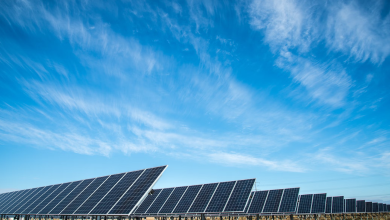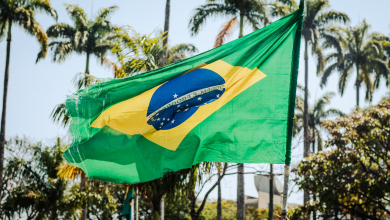‘Climate-flation is a thing’ – Climate change impacting another of life’s joys

The raging climate emergency has been impacting lives across the globe in different intensities. It has been previously identified as a danger to coffee and beer. But now, its impact could be stretching to our favourite dessert – another of life’s joys.
Following concerns of underproduction rates from India and Thailand, the global cost of sugar has increased to its highest level since 2011. The two countries remain the largest exporters of sugar on the planet, after Brazil in Latin America.
Rising global temperatures are triggering droughts and other extreme phenomena that put food yields at risk, including that of sugar. The price hike due to the changing climate has already started to filter down to chocolate, sweets and other desserts.
“It’s convenient for … Oreos to point to climate change for a price increase but it’s also understandable”
US consumers noted a staggering 8.9% increase in prices for sugar and sweets in 2023, amid a 5.6% surge expected this year, according to the US Department of Agriculture. The numbers are generously above historical averages.
“Climate-flation is a thing and it’s getting worse. It’s convenient for the owner of Oreos to point to climate change for a price increase but it’s also understandable,” said Gernot Wagner, a climate economist at the Columbia University business school.
In addition, the issues in the production of sugar have been compounded by the threat of export limits from sugar-producing countries, in order to maintain their own stocks of the commodity, and port bottlenecks in Brazil, which have tied up exports.
Joseph Glauber, a senior research fellow at the International Food Policy Research Institute, said sugar prices are expected to remain high until El Nino abates, in reference to the periodic climate phenomenon that is set to further increase global temperatures this year.
Climate change puting global food production at considerable risk
Glauber said “affordability” is going to be an issue – adding in high-income countries, there will be an increased cost of food that will be felt by scores of households, especially poorer households, but it’s a different story for countries seeing food marking 40% of expenditures.
Studies suggest climate change could cause global production of corn to slump 24% by 2030 and seriously hamper the ability of countries like China to grow rice at current volumes. The changes could also help some other crops to thrive in places like Russia and Canada.
Read More: Protecting the Great Barrier Reef: How can art make a difference?
Overall, global food inflation is likely to hit as much as 3% a year by the 2030s due to the climate emergency, unless major adaptive initiatives are implemented, the European Central Bank raised an alarm last year.



